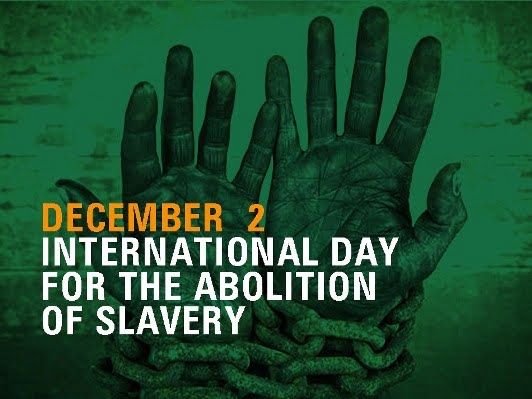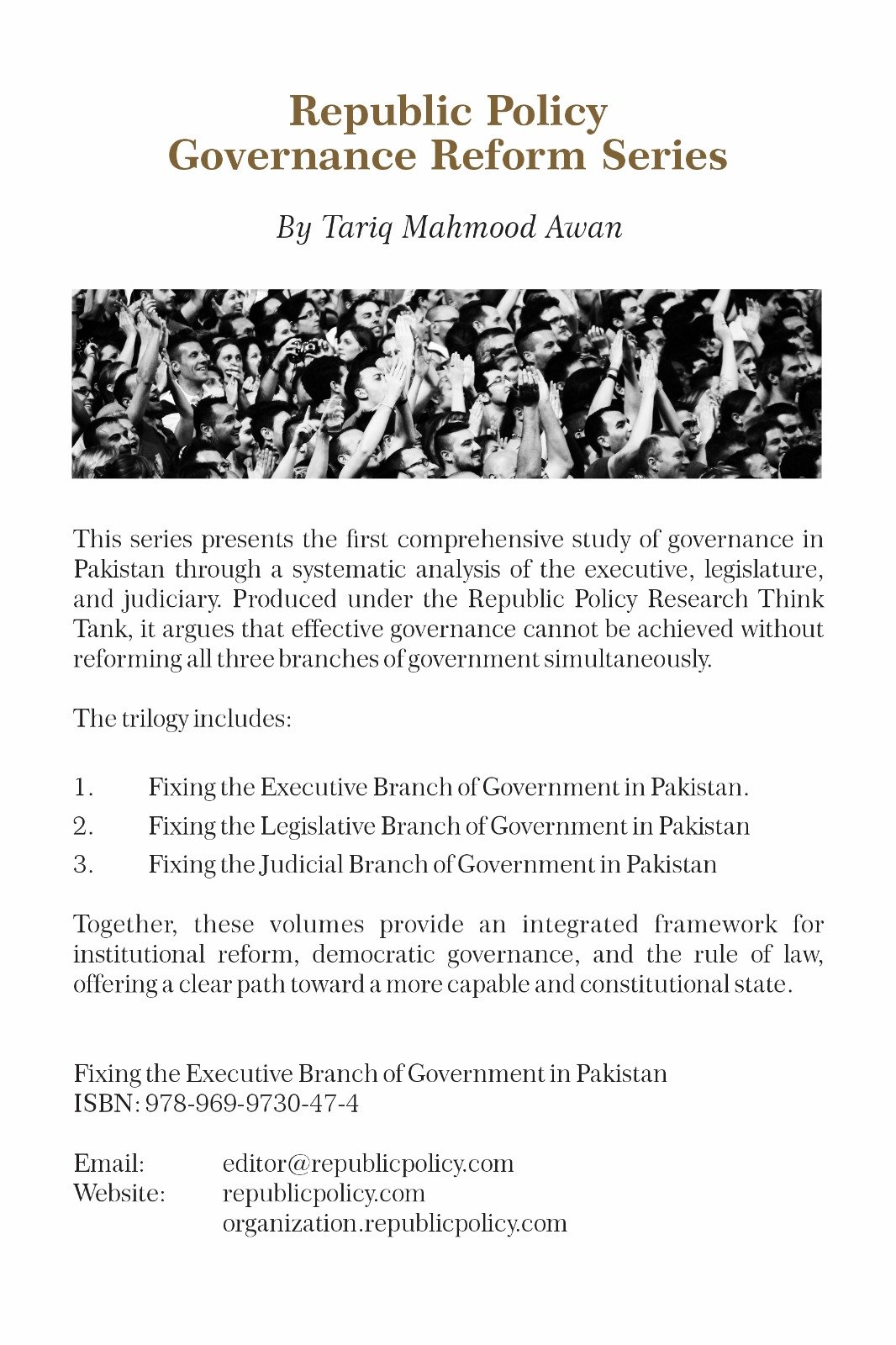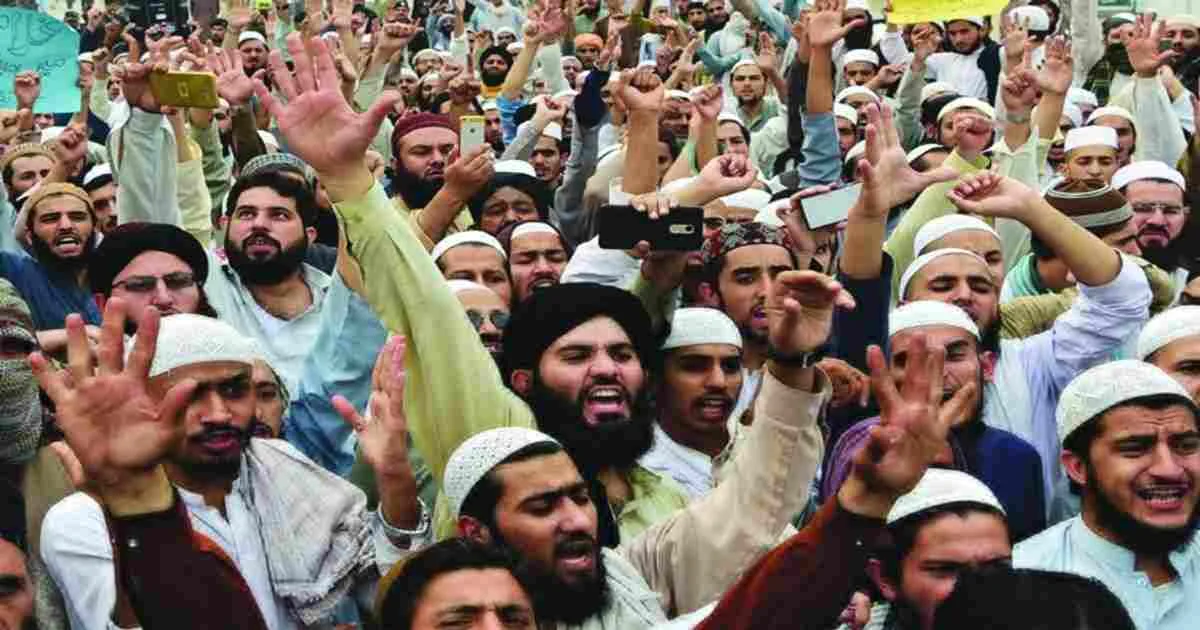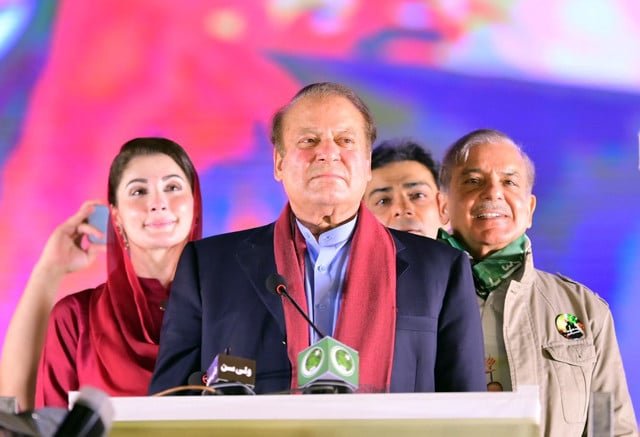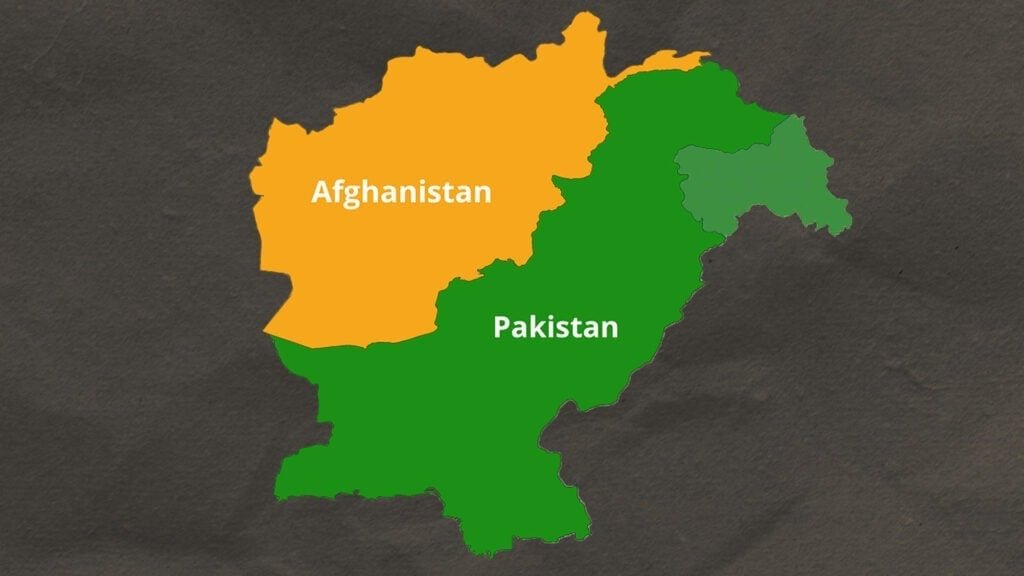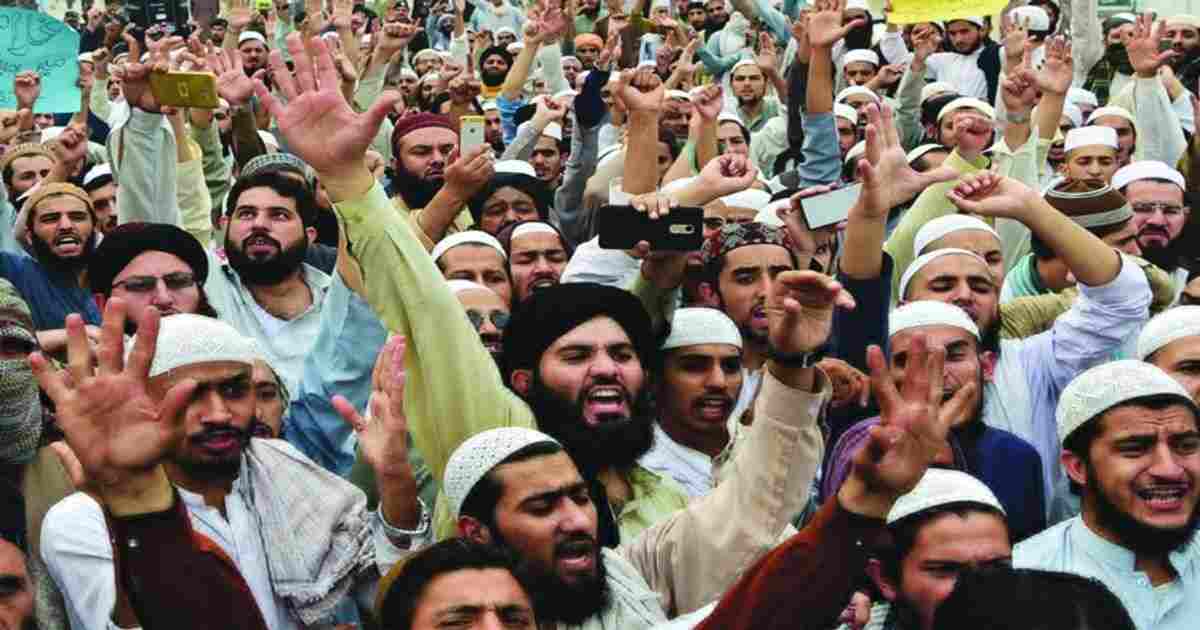Editorial
The International Day for the Abolition of Slavery is commemorated on 2 December. It marks the date of the adoption, by the General Assembly, of the United Nations Convention for the Suppression of the Traffic in Persons and of the Exploitation of the Prostitution of Others (resolution 317(IV) of 2 December 1949).
The focus of this day is on eradicating contemporary forms of slavery, such as trafficking in persons, sexual exploitation, the worst forms of child labour, forced marriage, and the forced recruitment of children for use in armed conflict.
Primary Forms of Modern Slavery
Slavery has evolved and manifested itself in different ways throughout history. Today some traditional forms of slavery persist in their earlier forms, while others have been transformed into new ones. The UN human rights bodies have documented the persistence of old forms of slavery that are embedded in traditional beliefs and customs. These forms of slavery result from long-standing discrimination against the most vulnerable groups in societies, such as those regarded as being of low caste, tribal minorities and indigenous peoples.
Forced labour
Alongside traditional forms of forced labour, such as bonded labour and debt bondage, there now exist more contemporary forms of forced labour, such as migrant workers, who have been trafficked for economic exploitation of every kind in the world economy: work in domestic servitude, the construction industry, the food and garment industry, the agricultural sector and in forced prostitution.
Child labour
Globally, one in ten children works. The majority of the child labour that occurs today is for economic exploitation. That goes against the Convention on the Rights of the Child, which recognizes “the right of the child to be protected from economic exploitation. It asserts performing any work that is likely hazardous, interferes with the child’s education, or harms the child’s health or physical, mental, spiritual, moral or social development.”
Trafficking
According to the Protocol to Prevent, Suppress and Punish Trafficking in Persons, Especially Women and Children, trafficking in persons means the recruitment, transportation, transfer, harbouring or receipt of persons through the threat or use of force or other forms of coercion for exploitation. Exploitation includes prostitution of others or other forms of sexual exploitation, forced labour or services, slavery or practices similar to slavery, servitude or the removal of organs. The consent of the person trafficked for exploitation is irrelevant, and If the trafficked person is a child, it is a crime even without force.
Slavery is the worst form of exploitation of humanity. The most worrying part is that it is permanently reshaping itself. Then, there are modern forms of slavery. Pakistan also does face the challenges of the different forms of slavery. Despite legislation in place, the implementation is the core challenge in abolishing the curse of slavery. The state and society must ensure the dignity of humanity by abolishing all forms of slavery.



